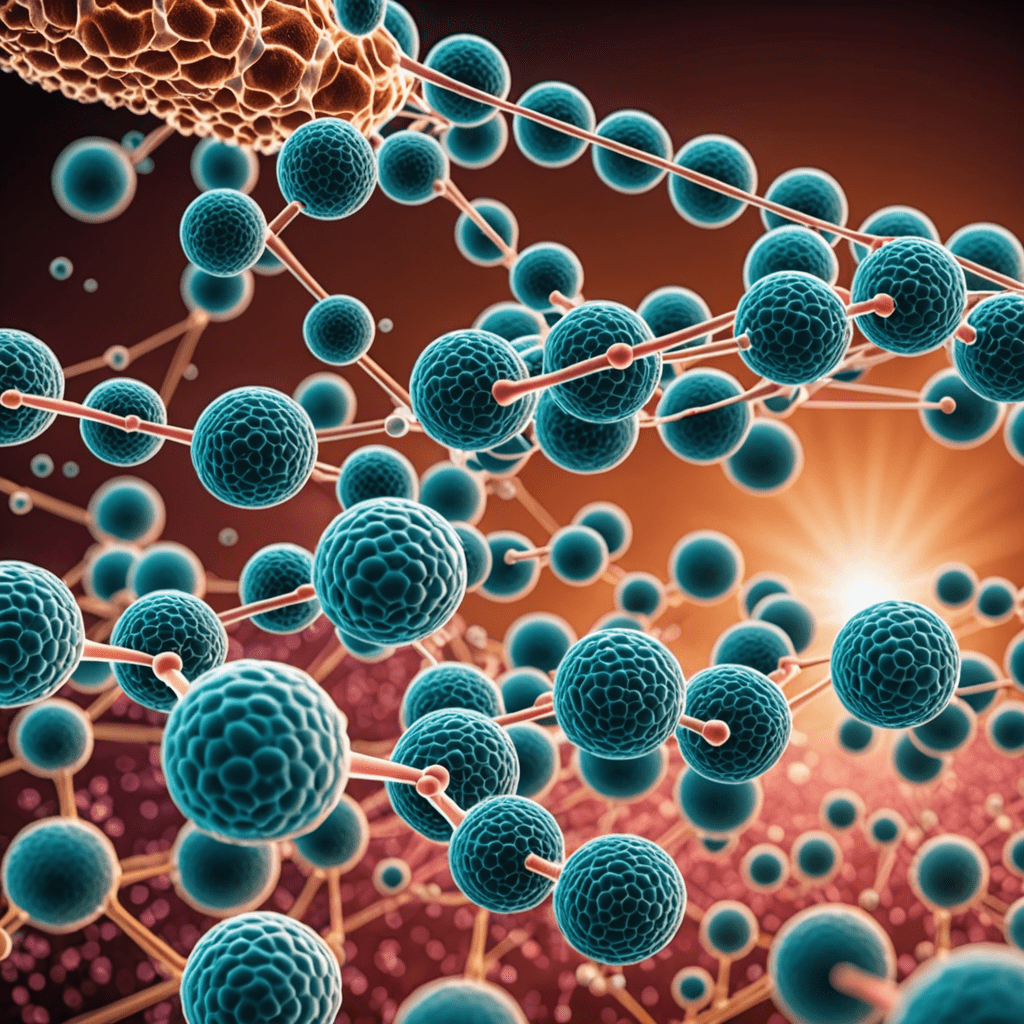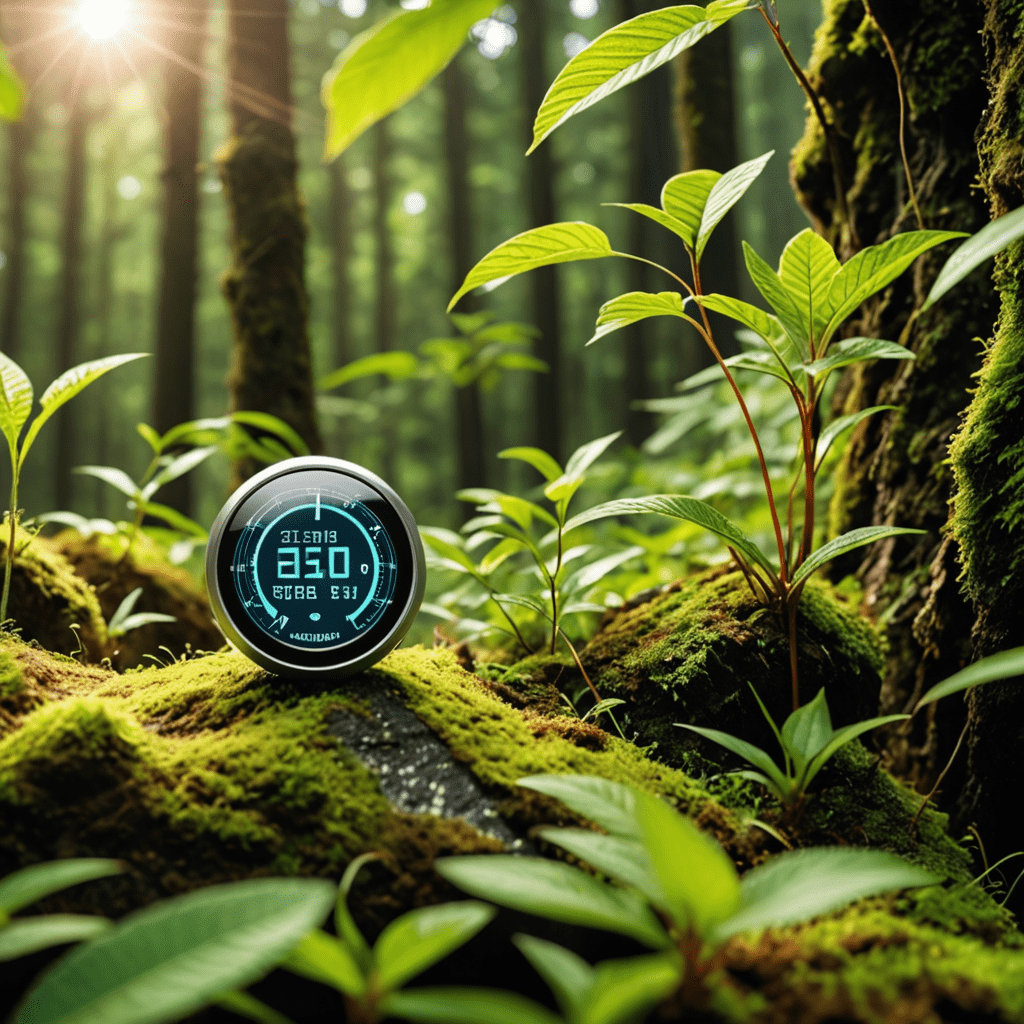
The Power of Nanotechnology in Antimicrobial Coatings
Nanotechnology is revolutionizing the way we combat microbial threats. By leveraging the unique properties of nanoparticles, scientists and researchers are developing antimicrobial coatings that can effectively fight a wide range of microbes.
Understanding Nanotechnology in Antimicrobial Coatings
Nanotechnology involves manipulating particles at the nanoscale, typically ranging from 1 to 100 nanometers. When these nanoparticles are incorporated into coatings, they can provide powerful antimicrobial properties due to their increased surface area and unique interactions at the molecular level.
The Mechanism of Action
Antimicrobial nanoparticles can disrupt the cell membranes of bacteria, viruses, and other microbes, rendering them unable to survive or reproduce. This mechanism helps prevent the spread of infections and diseases on various surfaces.
Applications of Nanotech Antimicrobial Coatings
These innovative coatings are being utilized in various sectors, including healthcare, food packaging, textiles, and household products. Hospitals, public spaces, and even consumer goods can benefit from the protection offered by antimicrobial coatings.
The Advantages of Nanotech Antimicrobial Coatings
One significant advantage of these coatings is their long-lasting efficacy. Unlike traditional antimicrobial agents that can wear off over time, nanotech coatings can provide sustained protection against microbes. Additionally, they are often non-toxic and safe for human contact.
Ongoing Research and Future Developments
Researchers continue to explore new ways to enhance the effectiveness of nanotech antimicrobial coatings. From improving stability to expanding the spectrum of antimicrobial activity, the future looks promising for this cutting-edge technology.
Conclusion
Nanotechnology in antimicrobial coatings represents a remarkable advancement in our ability to combat microbial threats. With its wide-ranging applications and numerous benefits, nanotech coatings are paving the way for a cleaner, safer, and healthier environment.
FAQs About Nanotechnology in Antimicrobial Coatings:
What is Nanotechnology in Antimicrobial Coatings?
Nanotechnology involves manipulating materials at the nanoscale level to enhance their properties. In antimicrobial coatings, nano-sized particles are used to inhibit the growth of microbes like bacteria and fungi on surfaces.
How does Nanotech Fight Microbes in Coatings?
Nanoparticles in antimicrobial coatings disrupt the cell membranes of microbes, preventing their growth and reproduction. This mechanism helps in creating surfaces with long-lasting antimicrobial properties.
Are Nanotech Antimicrobial Coatings Safe for Humans?
When properly engineered and applied, nanotechnology-based antimicrobial coatings are generally safe for humans. The nanoparticles used are designed to target specific microbial cells without harming human cells.
Where can Nanotechnology Antimicrobial Coatings be Used?
These coatings find applications in various sectors like healthcare, food packaging, textiles, and even public spaces. They are particularly valuable in environments where maintaining cleanliness and hygiene is crucial.
Do Nanotech Coatings Offer Long-term Protection?
Yes, one of the benefits of nanotechnology in antimicrobial coatings is its long-term effectiveness. These coatings can provide continuous protection against microbes, reducing the need for frequent cleaning and disinfection.


